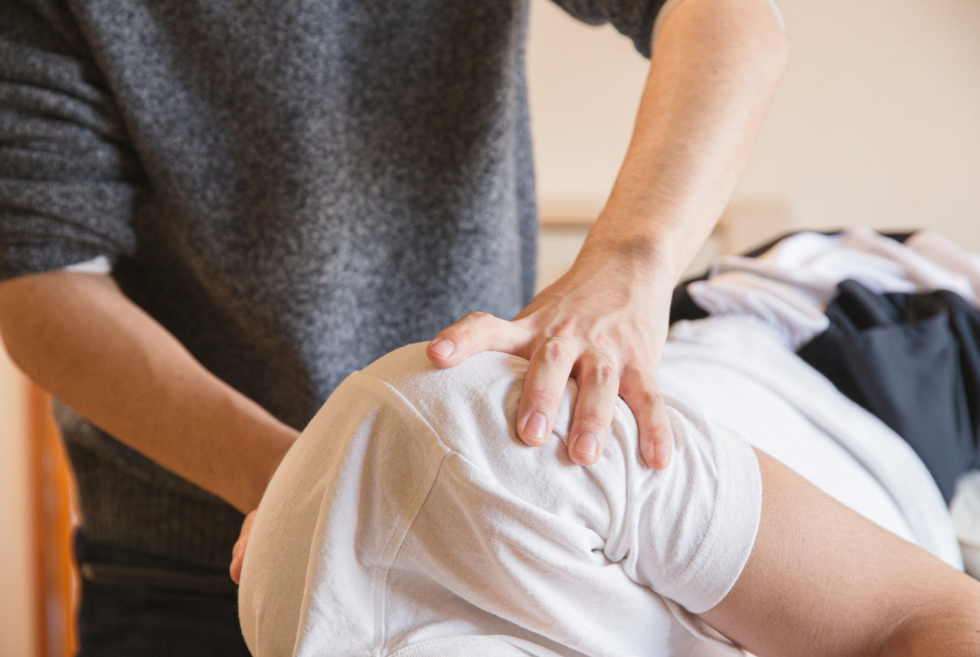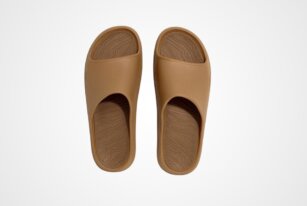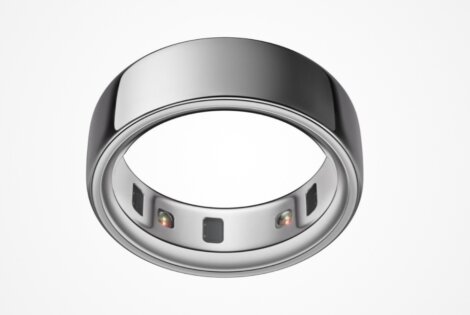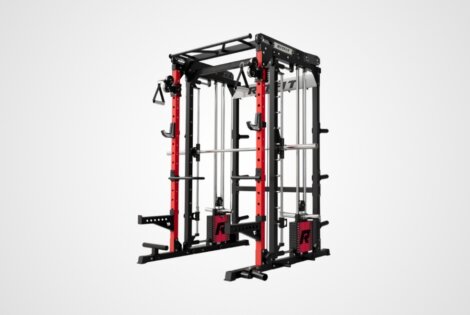The first thing an athlete with a serious shoulder injury wants to know is “how long is recovery from shoulder replacement surgery going to take?” In the past, doctors often relied on generalized timelines to determine when to give an athlete the green light to return to sport. But today’s technological tools have changed all that. We now have the methods and the means to precisely measure the degree of healing, to ensure that individual athletes are not sent back to play before they’re ready.
Sports with High Incidence of Shoulder Injuries
Premature return to sport after shoulder surgery often leads to re-injury that can be career-ending for a competitive athlete. Athletes who are the most prone to shoulder injuries include:
- Swimmers
- Baseball players
- Volleyball players
- Golfers
- Tennis players
- Soccer players
- American football players
Because athletes, in general, have a relatively small window of time to reach their competitive peak and play at the top of their game, post-surgery rehabilitation is crucial, and time is of the essence.
Factors Affecting Successful Return to Sport after Shoulder Surgery
Every athlete is unique, and a successful shoulder rehab program must be personalized and sport-specific. In addition, rehabilitation after injury and surgery requires neuromotor training that restores optimal communication between the brain and muscles.
Factors that influence the speed and success of return to sport include:
- The athlete’s adherence to rehab training protocols
- The skill and experience of the sports rehab team
- Access to technological tools for measuring progress
- Availability of advanced equipment for training and feedback
- Personalized one-on-one training designed specifically for the athlete
- The athlete’s level of motivation
It is critical to find a sports medicine physical therapist with experience in athletic shoulder injuries. Generalized cookie-cutter training protocols based on timelines that are not tailored to the individual athlete are insufficient to prepare an athlete to return to sport.
Common Types of Athletic Shoulder Surgery
Shoulder surgery can range from minimally invasive arthroscopic procedures to full-blown total shoulder replacement. The most common types of shoulder surgery include:
- Bankart lesion repair. This procedure is done to mend a tear in the anterior glenoid labrum that rims the shoulder socket. Bankart lesions are often the cause of shoulder instability and frequent dislocations.
- Superior labrum anterior and posterior (SLAP) repair. SLAP surgery is done to reattach torn labral tissues at the top of the shoulder socket. Symptoms of SLAP tears are popping sounds or sensations, shoulder pain and reduced arm mobility.
- Rotator cuff repair. Minor rotator cuff tears will self-repair over time, but major ruptures can require surgery to reattach torn tendons to the bone of the upper arm. Rotator cuff ruptures are a common type of overuse injury.
- Complete Shoulder Replacement. Shoulder replacement surgery is sometimes necessary after a serious fracture or in cases of advanced arthritis. In this lengthy procedure, the shoulder ball and socket are replaced with artificial parts.
What Research Says About Shoulder Surgery Recovery Time and Return to Sport
According to recent research, the majority of athletes who play sports on a regular basis were able to return to play after shoulder surgery.
One meta analysis reported the following data for return to various sports after shoulder arthroplasty surgery:
- The mean rate of return to play for all sports studied was 80.7%
- The return rate for golfers was 79.2%
- Swimmers returned at a rate of 75.6%
- Tennis players returned at a rate of 63.5%
- Athletes who underwent reverse shoulder arthroplasty had the lowest overall rate of return to sport at 76.5%
- Other types of arthroplasty had a collective rate of 80.7%
Another systematic review zeroed in on recreational athletes who had reverse shoulder arthroplasty, and reported the following rates of return-to-play:
- The overall rate for all sports was 79.1%
- The rate for golfers was 66.7%
- Swimmers returned at a rate of 74.3%
- Tennis players had a return rate of only 50%
- Of all subjects studied, 71.4% returned to their pre-surgery level of play
- The average time to return to play was 3.4 months
A third review and analysis that also focused on reverse shoulder arthroplasty reported that the mean rate of return to sport ranged between 60% to 93%, with a mean time frame of 5.3 months to return to play.
What to Expect During Shoulder Surgery Recovery
Depending on the severity of your injury and the type of surgery performed, the earliest you can expect to return to play is 4-6 months. Rehabilitation after shoulder surgery requires a combination of rest, sport-specific physical therapy, and a progressive protocol that gradually moves you toward optimal performance.
The rehab process can be broken down into 6 phases:
- Early recovery. In the initial stage of recovery after shoulder surgery, your shoulder will be immobilized with a sling for about a week to give it time to begin the healing process before you begin physical therapy.
- Begin physical therapy. Once your stitches and bandages are removed, you will report to your physical therapist to begin gentle range of motion and low-key strengthening exercises. You may need to continue to wear a sling as a protective measure against unintended movement.
- Resume activities of daily living. About 6-7 weeks in, you may be able to do basic non-sports activities, but your muscles will still be weak and your shoulder will still be vulnerable, so don’t overdo it.
- Build strength, stability and mobility. After about 12 weeks, your therapist will progressively increase your training load to restore muscle strength and optimal joint function. They may introduce some basic sports movements, but you won’t be ready to resume your regular training regimen. This is likely to be the lengthiest phase of shoulder surgery recovery.
- Prepare to return to play. Your therapist will continually test and document your progress, and decide when you’re ready to resume regular training. One commonly used marker is when your repaired shoulder regains about 90% of the strength of your uninjured joint. However, if your sport places greater demands on your dominant arm, attaining 90% strength of your non-dominant arm has less significance. Skills retraining and restoring optimal neuromuscular pathways is a critical component of this phase, prior to returning to play.
- Return-to-sport. Your therapist will work closely with your coach and trainer to determine when you’re fully ready to return to the playing field with minimal risk of re-injury.
Getting the Best Shoulder Surgery Rehab
Thorough and effective rehabilitation is key if you want to return to competition after a total shoulder replacement. There is no set timeline for shoulder replacement recovery for sports — it all depends on the condition and compliance of the individual athlete, the knowledge and expertise of the rehab team, and the attention paid to restoring neuromotor pathways, to optimize performance and prevent re-injury.
Look for a sports physical therapist who has experience working with shoulder injuries and post-surgical rehab. In addition, ask about which advanced treatment methods they use, and which markers they rely on to determine when you are ready to return to play.
You want to find a PT who offers one-on-one personalized rehab and uses quantitative data derived from advanced technologies to measure your progress. If the therapist bases your release solely on old-school timelines, look elsewhere.
This information is provided by New York Dynamic Neuromuscular Rehabilitation, the premier clinic for sports injury rehab in NYC. Follow this link to learn more about athletic rehabilitation and return to sport after a shoulder injury in NYC.







